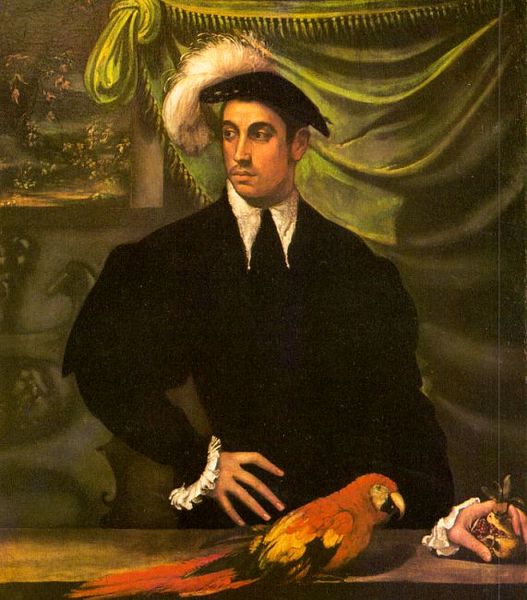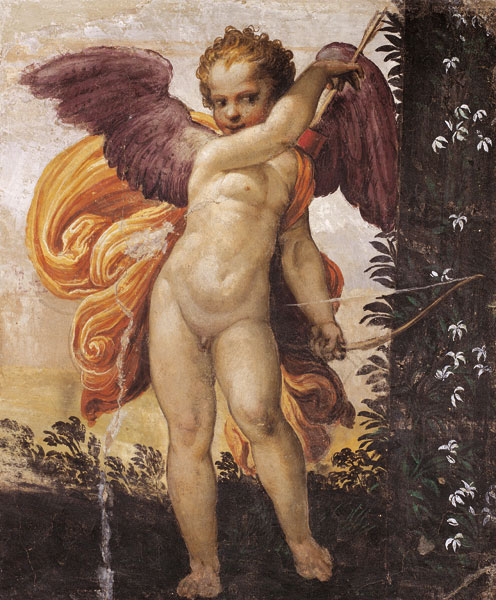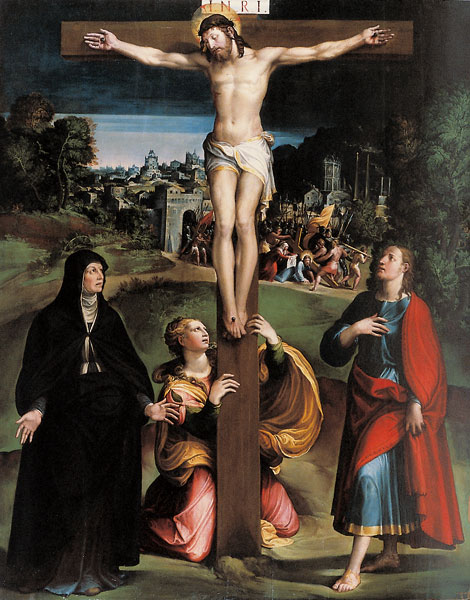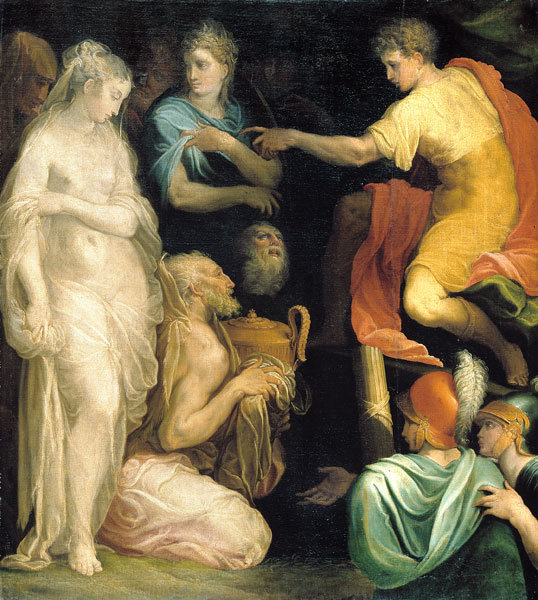Niccolo (1509-1571)
Get a Niccolo Certificate of Authenticity for your painting (COA) for your Niccolo drawing.
For all your Niccolo artworks you need a Certificate of Authenticity (COA) in order to sell, to insure or to donate for a tax deduction.
Getting a Niccolo Certificate of Authenticity (COA) is easy. Just send us photos and dimensions and tell us what you know about the origin or history of your Niccolo painting or drawing.
If you want to sell your Niccolo painting or drawing use our selling services. We offer Niccolo selling help, selling advice, private treaty sales and full brokerage.
We have been authenticating Niccolo and issuing certificates of authenticity since 2002. We are recognized Niccolo experts and Niccolo certified appraisers. We issue COAs and appraisals for all Niccolo artworks.
Our Niccolo paintings and drawings authentications are accepted and respected worldwide.
Each COA is backed by in-depth research and analysis authentication reports.
The Niccolo certificates of authenticity we issue are based on solid, reliable and fully referenced art investigations, authentication research, analytical work and forensic studies.
We are available to examine your Niccolo painting or drawing anywhere in the world.
You will generally receive your certificates of authenticity and authentication report within two weeks. Some complicated cases with difficult to research Niccolo paintings or drawings take longer.
Our clients include Niccolo collectors, investors, tax authorities, insurance adjusters, appraisers, valuers, auctioneers, Federal agencies and many law firms.
We perform Niccolo art authentication. appraisal, certificates of authenticity (COA), analysis, research, scientific tests, full art authentications. We will help you sell your Niccolo or we will sell it for you.

Nicolò dell’ Abate, sometimes Niccolò, was an Italian Mannerist painter and decorator of the Emilian school, who was part of the staff of artists called the School of Fontainebleau that introduced the Italian Renaissance to France.

Nicolò dell’ Abate was born in Modena and was the son of a sculptor. He trained in the studio of a local Modenese sculptor and his early influences included Ferrarese painters, such as Garofalo and Dosso Dossi. He specialized in long friezes with secular and mythological subjects, which can be found in the Palazzo dei Beccherie (1537), in various rooms of the Rocca at Scandiano, most notably a courtly ceiling concert composed of a ring of young musicians seen in perspective, sotto in su (early 1540s), the Hercules Room in the Rocca dei Meli Lupi at Soragna (c.1540–43), and possibly the loggia frescoes removed from Palazzo Casotti at Reggio Emilia.

His style was modified by exposure to notably Correggio and Parmigianino when he moved to Bologna in 1547. In Bologna, most of his painting depicted elaborate landscapes and aristocratic genre scenes of hunting and courtly loves often paralleled in mythological narratives. It was during this time that he decorated the Palazzo Poggi and executed a cycle of frescoes illustrating Orlando Furioso in the ducal palace at Sassuolo near Modena.

In 1552, Niccolò moved to France, where he worked at the royal Château de Fontainebleau as a member of the decorating team under the direction of Francesco Primaticcio. Within two years of his arrival, he was drawing a project for a decor commemorating Anne de Montmorency (preparatory drawing at the Louvre). In Paris, he frescoed the chapel ceiling in the Hôtel de Guise (later destroyed), following Primaticcio’s designs. He also executed private commissions for portable canvases of mythological subjects sited in landscapes. Much of his output reflected an often overlooked function of artists of the time: the ephemeral festive decorations erected to celebrate special occasions in the court circle, for example, the decorations for the triumphal entry into Paris staged for Charles IX and his bride Elisabeth of Austria in 1571. That year, Niccolò died in France.

Nicolò is best-known for his landscapes enshrouding a mythological narrative, a theme which would inspire Claude Lorrain and Nicolas Poussin,along with his profuse and elegant drawings.

Still wondering about an Italian painting in your family collection? Contact us… we are the Niccolò experts.
Reviews
1,217 global ratings
5 Star
4 Star
3 Star
2 Star
1 Star
Your evaluation is very important to us. Thank you.
